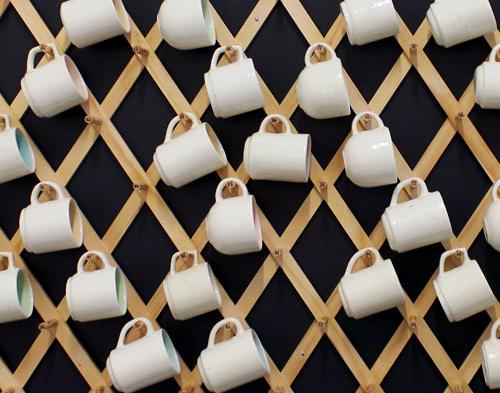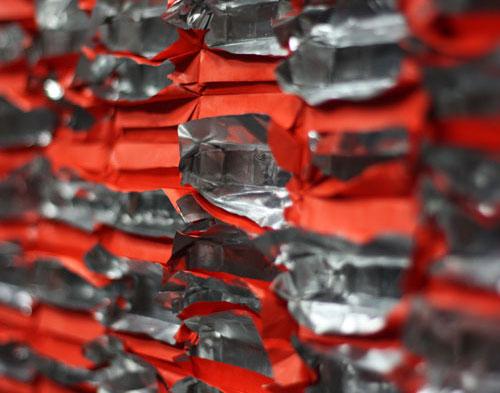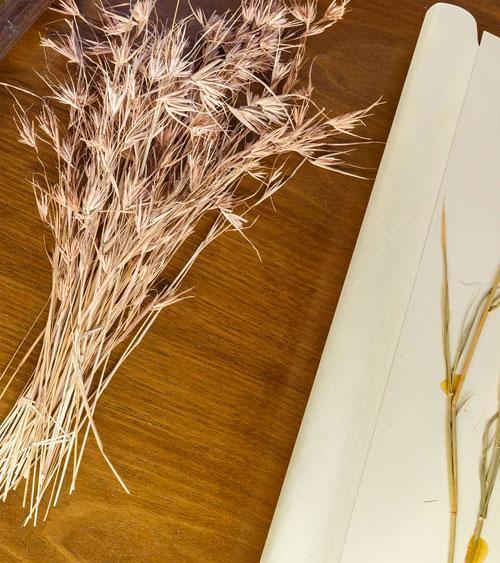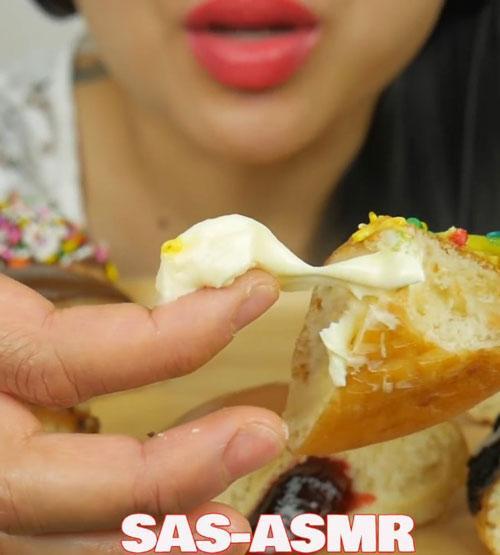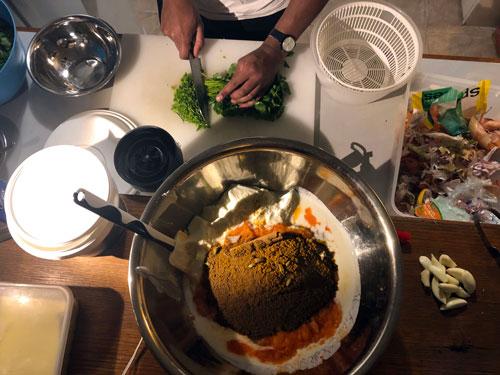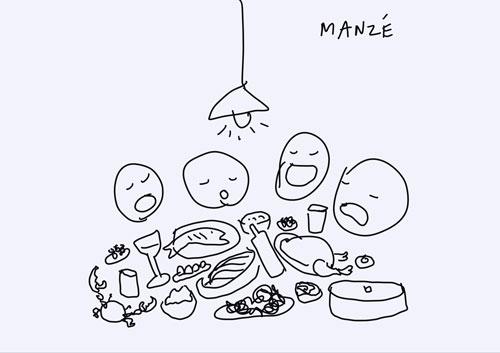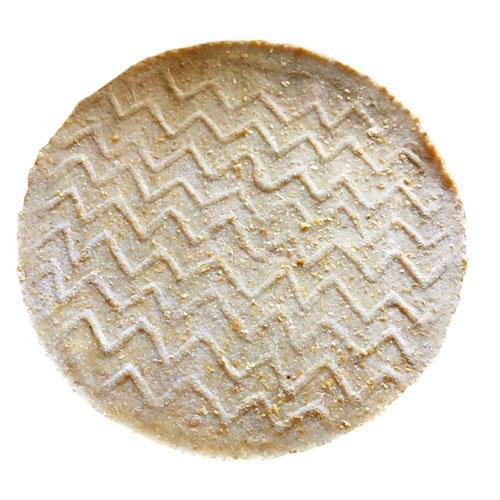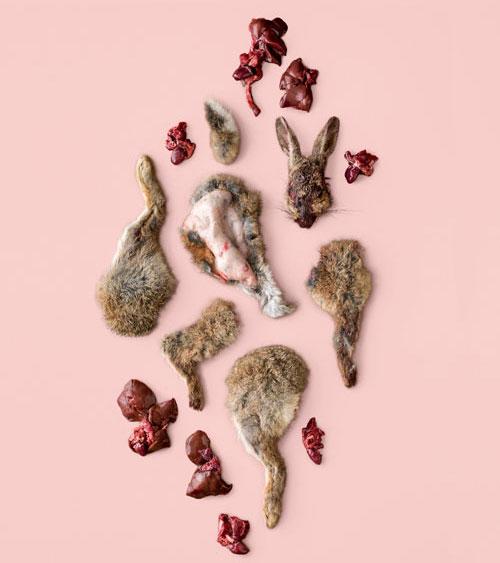Dianne Yulawirri Hall: White food
Curved discs of a glossy translucent amber colour are suspended on acrylic lines. Radiated heat from the gallery windows melts them a little and they drip their sticky substance onto crusty brown hillocky shapes below. Close inspection reveals this art installation to be a dynamic food landscape. Titled Sugar Coated (2018) it’s one of a series of giant‑toffee‑and‑baked‑damper‑loaf works by Dianne Yulawirri Hall. Her art practice explores the changes colonisation wrought by introducing the Western diet—especially the white foods of refined sugar and bleached flour—to Indigenous Australia.

